- Home
- Plumbing
- Plumbing Valves
- Pressure Temperature Control Valves
Pressure & Temperature Control Valves
Pressure and temperature control valves regulate the temperature and pressure levels of industrial and commercial equipment. Pressure or temperature relief valves open when temperature or pressure levels in a system exceed a desired level. Pressure or temperature regulators detect changes in pressur .....Read More
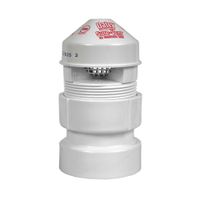
Air Admittance Valves
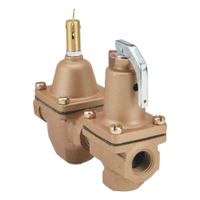
Combination Pressure Relief & Regulator Valves
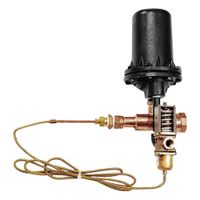
Condensate Coolers
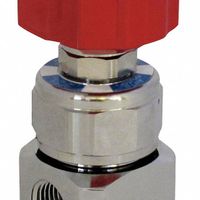
Excess Flow Valves
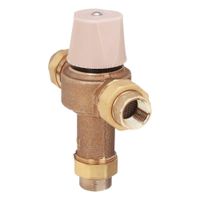
Mixing Valves
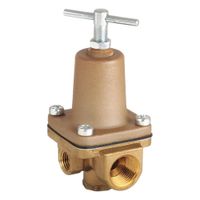
Pressure Regulators
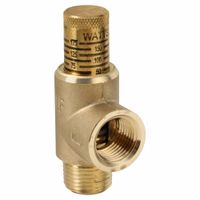
Pressure Relief Valves
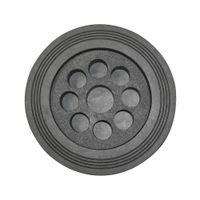
Rupture Discs
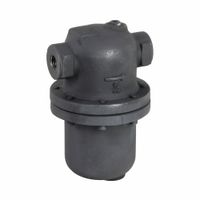
Steam Separators & Spargers
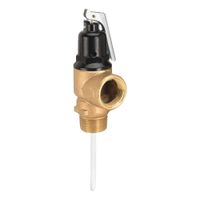
Temperature & Pressure Relief Valves
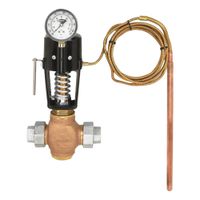
Temperature Regulators
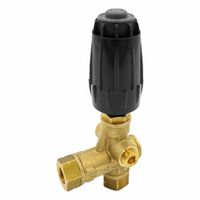
Unloader Valves
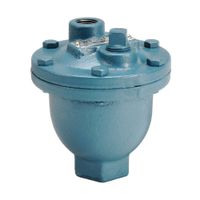
Vacuum & Air Release Valves
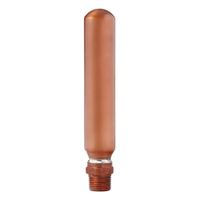
Water Hammer Arrestors
Frequently Asked Questions
What is the function of a pressure and temperature control valve?
How do pressure relief valves work?
What is the difference between a pressure regulator and a pressure relief valve?
How do mixing valves maintain a desired output temperature?
What is the purpose of a vacuum and air pressure release valve?
How do unloader valves function in pump systems?
What are rupture discs and how do they prevent overpressure damage?